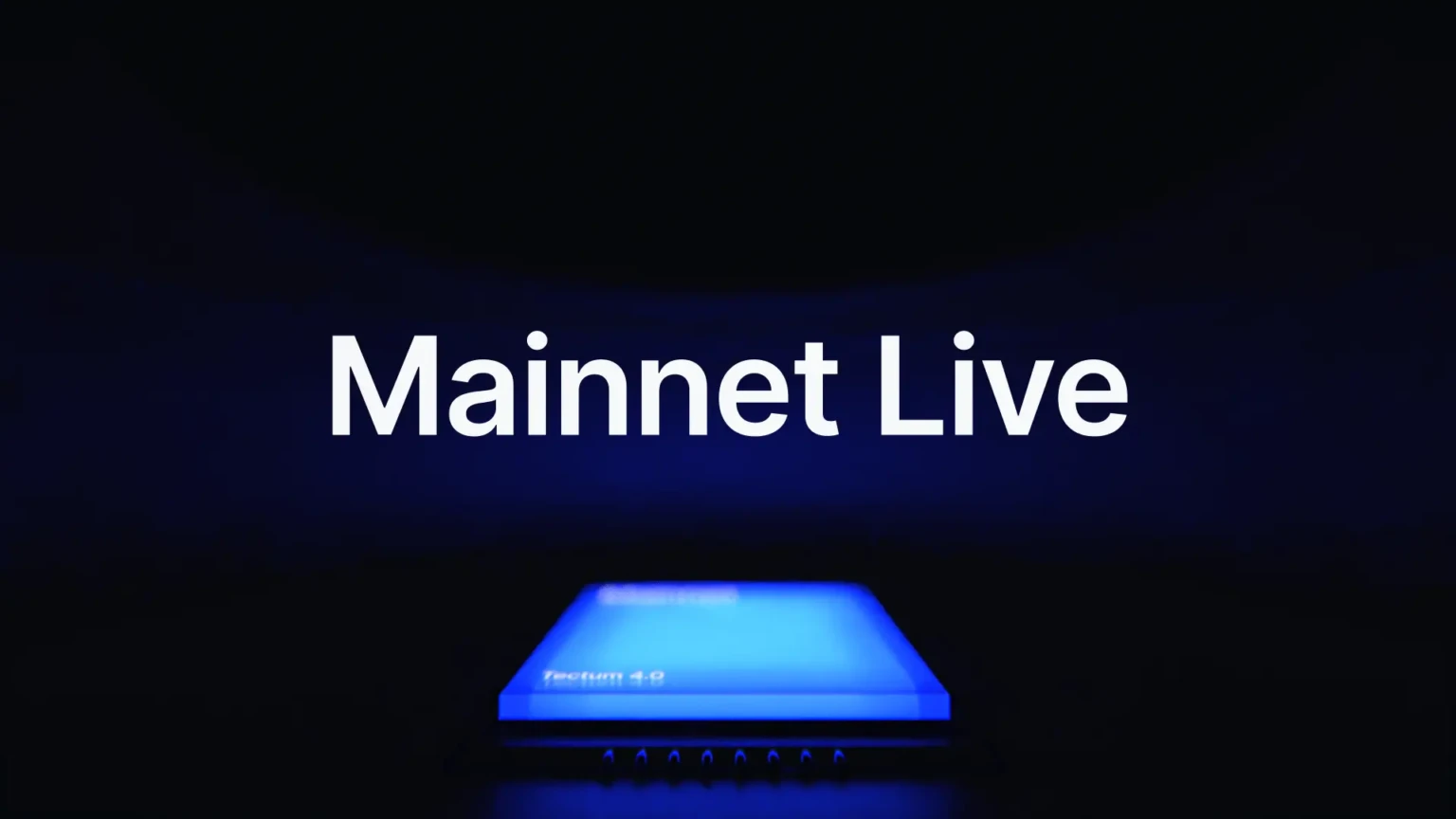What Is Mainnet in Cryptocurrency?
What is mainnet in cryptocurrency? At its core, a mainnet is the fully operational, public version of a blockchain network where real transactions occur with actual economic value. It represents the transition from experimental code to a live ecosystem. Before a project reaches mainnet, it typically runs on a testnet, where developers and early users stress-test features without risking real funds.
Launching a mainnet is a defining milestone for any blockchain or decentralized application (dApp). It signals that the technology has matured enough for public use, allowing participants to send tokens, deploy smart contracts, and validate blocks in a production environment.
From Testnet to Mainnet: The Journey of a Blockchain
Why Testnets Come First
Before a mainnet goes live, developers rely on testnets—sandbox networks that mimic real-world conditions. These allow them to:
- Identify bugs and vulnerabilities
- Experiment with consensus mechanisms
- Optimize transaction speeds and fees
Projects like Ethereum or Solana often run multiple testnets to ensure reliability. Only after extensive testing do they move to a mainnet, reducing the risk of catastrophic failures once real assets are involved.
The Technical Transition
The switch from testnet to mainnet involves deploying finalized code, activating validators or miners, and issuing native tokens. For example, when Ethereum launched its own mainnet in 2015, it shifted from a small group of developers to a global, decentralized network processing millions of transactions.
Key Features of a Mainnet
Real Value and Security
On a mainnet, every transaction is irreversible and carries financial stakes. Security becomes paramount. Consensus mechanisms such as Proof of Work (PoW) or Proof of Stake (PoS) are fully enforced, ensuring trustless verification.
Native Token Economy
A mainnet typically introduces a blockchain’s native cryptocurrency—for example, ETH for Ethereum or ADA for Cardano. These tokens pay for transaction fees, reward validators, and power decentralized applications.
Governance and Upgrades
Mainnet governance models vary. Some blockchains rely on community-driven proposals (like Cardano’s Project Catalyst), while others depend on developer consensus. Updates and hard forks must be carefully planned to avoid network disruptions.
Why the Mainnet Launch Matters to Investors
For investors, a mainnet launch is often a major catalyst. It transforms a speculative token—often issued as an ERC-20 placeholder—into a fully functional asset. Historical examples underscore this impact:
- Binance Chain Mainnet (2019): BNB tokens migrated from Ethereum to their own blockchain, spiking interest and liquidity.
- Polkadot Mainnet (2020): Enabled cross-chain interoperability, fueling ecosystem growth and DeFi applications.
However, not all mainnets lead to success. If adoption stalls or critical bugs surface, token prices can suffer despite a technically flawless launch.
Mainnet vs. Sidechains and Layer 2 Solutions
While mainnets handle base-layer operations, many projects now deploy sidechains or Layer 2 solutions to scale. These networks process transactions off the mainnet but settle back to it for finality. Examples include Polygon for Ethereum and the Lightning Network for Bitcoin.
Understanding this hierarchy helps investors gauge where real economic activity occurs and how scaling solutions interact with the primary chain.
Regulatory and Security Considerations
A live mainnet brings regulatory attention. Token classifications, compliance with anti-money-laundering rules, and user protection measures become critical. Security audits from reputable firms—such as Trail of Bits—are often prerequisites for investor confidence.
Major exploits, like those seen in early DeFi projects, highlight the need for continuous security reviews even after mainnet launch.
Frequently Asked Questions
What is mainnet in cryptocurrency and how does it differ from testnet?
Mainnet is the live blockchain where real transactions occur, while testnet is a risk-free environment for development and testing without real value.
Why is a mainnet launch important in cryptocurrency projects?
A mainnet launch signifies that the project is production-ready, enabling native token usage, attracting investors, and proving technological maturity.
How can investors evaluate the success of a mainnet in cryptocurrency?
Key indicators include network activity, developer adoption, validator participation, and security audit results.
Can a project operate without a mainnet in cryptocurrency?
Yes, but it limits independence. Projects relying solely on another blockchain (like Ethereum) may remain as tokens or dApps without ever deploying their own mainnet.
Looking Ahead: The Future of Mainnet Development
Mainnet innovation continues to evolve. With modular blockchains like Celestia and rollup-centric architectures on Ethereum, future mainnets may be more composable and energy-efficient.
As interoperability grows and zero-knowledge proofs mature, mainnets could serve as secure settlement layers while off-chain solutions handle most computation. For developers and investors alike, understanding what is mainnet in cryptocurrency will remain crucial as blockchain ecosystems scale and diversify.

